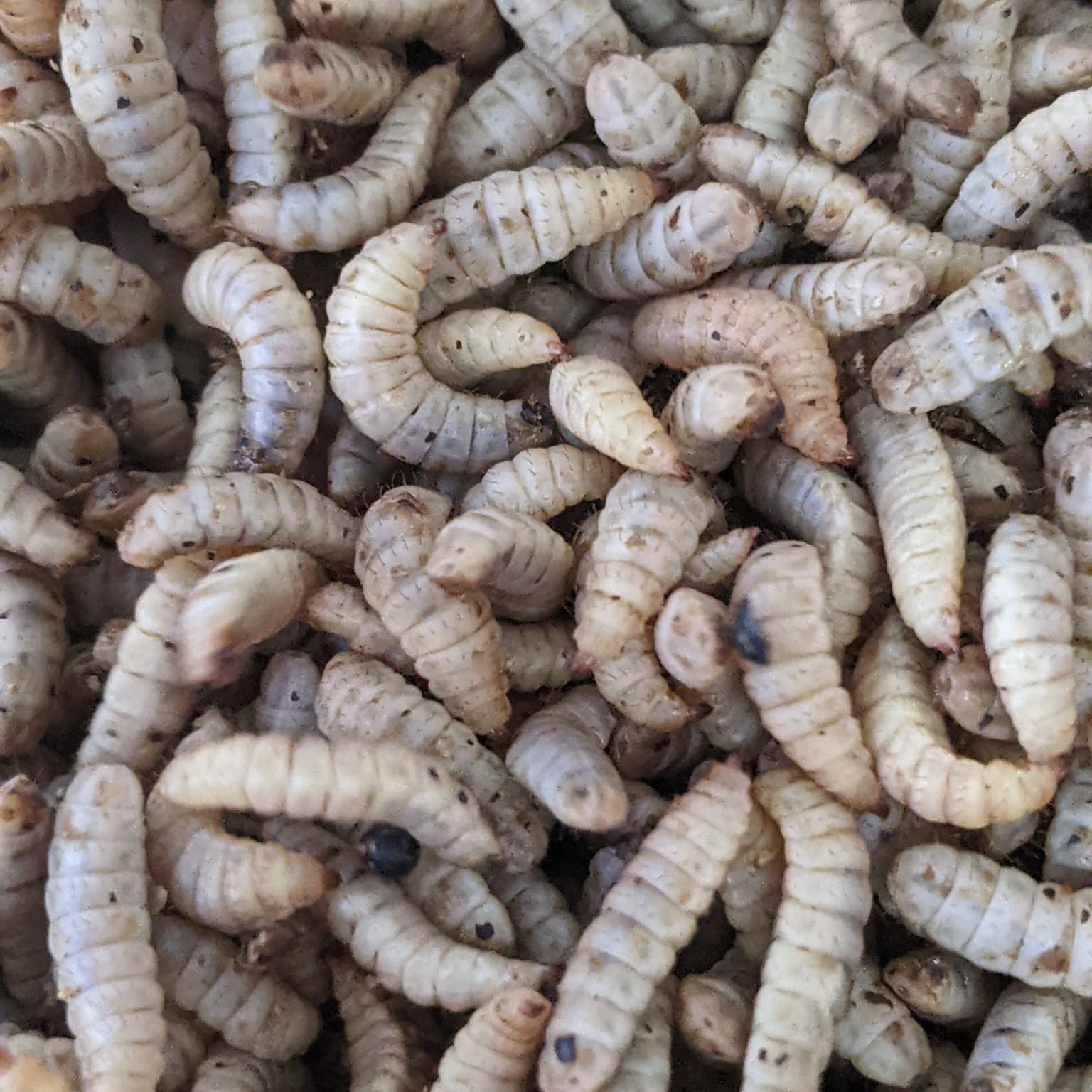The valorisation of food waste through the use of black soldier fly (Hermetia Illucens) larvae is gaining traction. Their omnivorous diet, short life-cycle, and low environmental footprint make them a superior choice for protein production compared to traditional methods. As a versatile feed resource, these insects can provide essential nutrients for livestock, aquaculture, and pets.
Feed Safety and Post-Harvesting Processing
The safety of black soldier fly larvae as a feed ingredient can be affected by various factors, especially post-harvesting processes such as sanitizing, drying, and defatting. A comprehensive understanding of these technologies ensures the safe storage, transport, and sale of the final products to customers. Establishing guidelines for post-harvest drying methods is crucial to build consumer trust in insect-derived products.
Research Funded by Agrifutures Australia
With support from the Agrifutures Australia Emerging Industries program, Mobius Farms conducted a research project to develop best practices for post-harvest processing. This study:
- Compared post-harvest drying technologies.
- Assessed the nutritional value of larvae as animal feed.
- Evaluated the safety and quality of larval products concerning microbial content.
Methodologies and Objectives
The project focused on three drying methods: hot air drying, freeze-drying, and microwave drying. The goals included:
- Validating the effectiveness of different larval drying technologies.
- Highlighting the impact of processing on product safety and quality.
- Enhancing understanding of the effects of drying technologies on larvae quality, safety, and shelf-life.
Results and Findings
Findings indicated that high-temperature oven drying (HTD) and microwave drying (MWD) were superior in moisture removal and energy efficiency compared to freeze-drying (FD) and low-temperature drying (LTD). These methods also produced larvae with better appearance and sensory properties. Protein content remained consistent across all methods, while LTD resulted in higher lipid and metabolisable energy content.
Euthanizing larvae through blanching significantly reduced microbial populations to acceptable levels for pet food standards, both domestically and internationally. These levels were further reduced during the drying process.
Resources and Acknowledgments
The comprehensive technical report is accessible here, and a user-friendly fact sheet can be found here. Special thanks to Agrifutures Australia for their financial support and for publishing this pivotal research.
